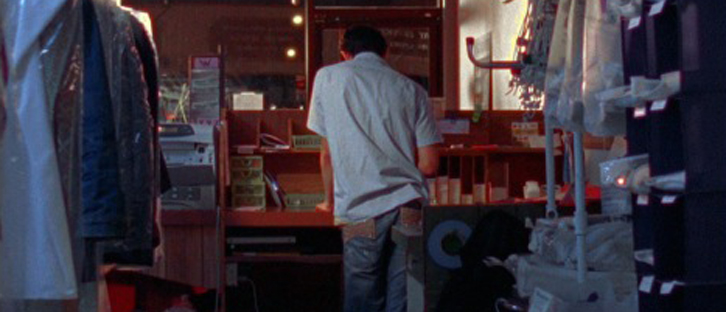Colorist Tip #42 – Wall Color
When setting up your coloring environment, try to pick a neutral wall color (like a 50% gray) to manage color influences. For my office, I used a photo gray card to match the color. When coloring, you want to be aware of what colors your eyes can see (even in...
continue reading


